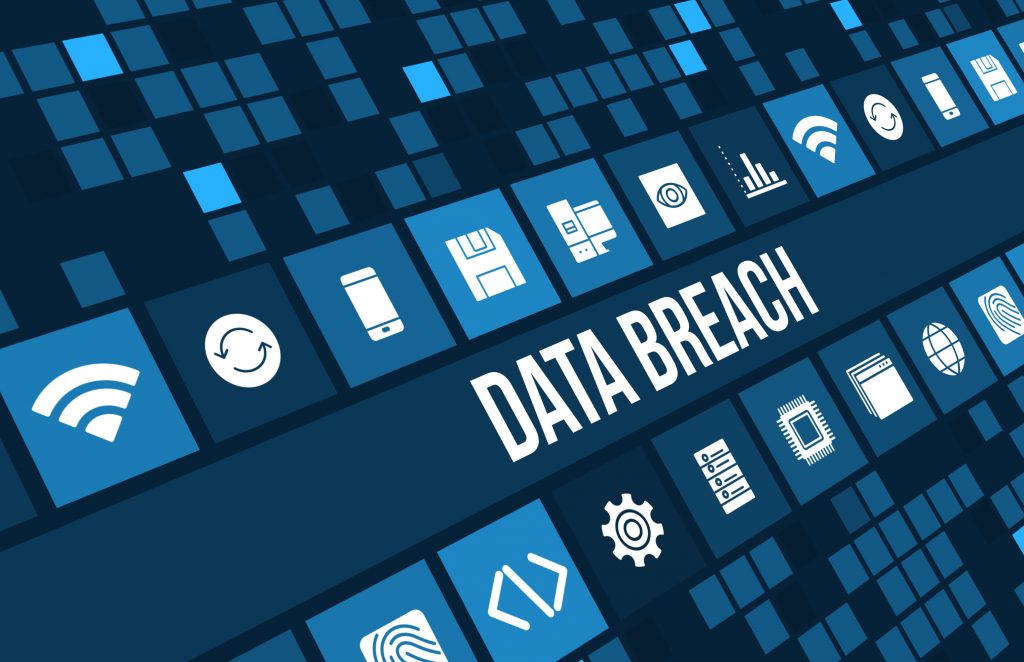Many of you may not need to know what an enterprise stack is, but if you do then there’s a darn good chance you either have one or you’re responsible for one. Businesses have no choice but to have their operations tailored to digital operating realities nowadays, and being visible online with their website is the only connection that a lot of people will make with that. What they won’t know is that any business relies heavily on data in ways that didn’t exist 20+ years ago, and that is where the real importance lies when it comes to those new digital realities.
Software applications are commonly an enterprise stack’s weakest link. A 2020 report found that over 70% of external hacks result from vulnerabilities with software and web applications, and this pushes the need for better web application security. This is beyond the scope our expertise here at 4GoodHosting, as providing good web hosting in Canada is where we’re your best bet but having all the workings of your site being secure is something that everyone can see as important. So let’s use this entry to share what we DO know from doing a little reading of our own.
So what is web application security exactly? It is the process of protecting your website and online services against cybersecurity threats that take aim at the app’s coding. Database administration tools like phpMyAdmin, content management systems like WordPress, and SaaS apps are the most common targets for web-app attacks.
All Devices at Risk
Hackers then use the breached apps to attack devices like smartphones, tablets, and computers when they have access to the internet. Sensitive personal information is often contained here, and this makes them appealing targets for hackers who’d like that data for performing fraudulent transactions. Retail, finance, government, and healthcare sectors are more likely to see cyber-attacks because organizations in these sectors hold massive databases containing personal and financial data.
Companies lose the trust of their customers with security breaches, and that’s very understandable. Significant financial losses can result too. Look no further than the $575 million penalty given to Equifax because of a 2017 data breach that exposed the data of over 145 million customers. Data security should be taken seriously, and so here are best practices for web application security.
-
Ensure Full Data Encryption
Data encryption takes readable data and converts it into encrypted data that is only readable after the user or recipient uses a security key. Encryption of both static and transit data is crucial for data security, and anyone and everyone can start by getting an SSL certificate. They work well for making your website secure. Next, if you haven’t transitioned your website to HTTPS then that is something you should so as soon as you can get around to it.
Next, don’t store sensitive user information such as user IDs, passwords, and financial details in plain text. A password storage app is a much better choice.
-
Do Risk Assessment
Risk assessment allows your organization to view its application portfolio from the perspective that a potential attacker would have. This will let you identify, assess, and implement security controls over your applications. Here is the 4-step process for this
Identification - list all the critical applications in your technology stack and create a risk profile for each
Assessment – determine type and volume of data each application handles, the number of users accessing it at a given time, and the likelihood of unauthorized users attempting to gain access to it
Mitigation – Identify ways to reduce the impact of security breaches with mitigation strategies, and there is plenty of information on the web about what you can do in this regard
-
Keep a Data Backup
Backing up your website, user information, and application data will not thwart all data security threats. Backups are particularly useful if you encounter malware attacks that primarily target things like ecommerce platforms. It is common for web hosting providers to be able to provide backups of your data in cloud-based storage.
With mission-critical data, you should back up your databases on daily basis. If your business is software development, you can use a code repository like Git that will allow you to roll back to specific code changes.
-
Regularly Site Scans
Safety and security of your web app will always benefit from scanning your website regularly, and once every week is best. Also don’t just rely on one scanner to do all the work for you. It’s common for malware to be structured in a way that isn’t readily detectable by scanners.
-
Use Web Application Firewall
A web application firewall (WAF) provides a filter for traffic between a server and its clients. This will prevent malicious requests from intruding into your web application and core infrastructure. It inspects all incoming traffic and stops different types of risky behavior before they happen.
Network-based: installed on specialized hardware and filter all incoming traffic to a server. Best for low latency
Host-based: Fully integrated into the web application and operate at the software level. Complicated to implement and maintain and take up more system resources.
Cloud-based: Implemented in a specialized cloud and does not require any upfront costs on the web application developer. Not much in the way of customizability.
-
Use a Content Security Policy
Protecting applications on the client-side is important too. A content security policy stops cyberattacks that involve hijacking websites as displayed on a user’s screen and ensures that only content from sources you approve is displayed. Tactics such as cross-site scripting (XSS) are prevented by having a good CSP. Malicious hackers can use XSS to convince your website that their content is legitimate and should be executed.















